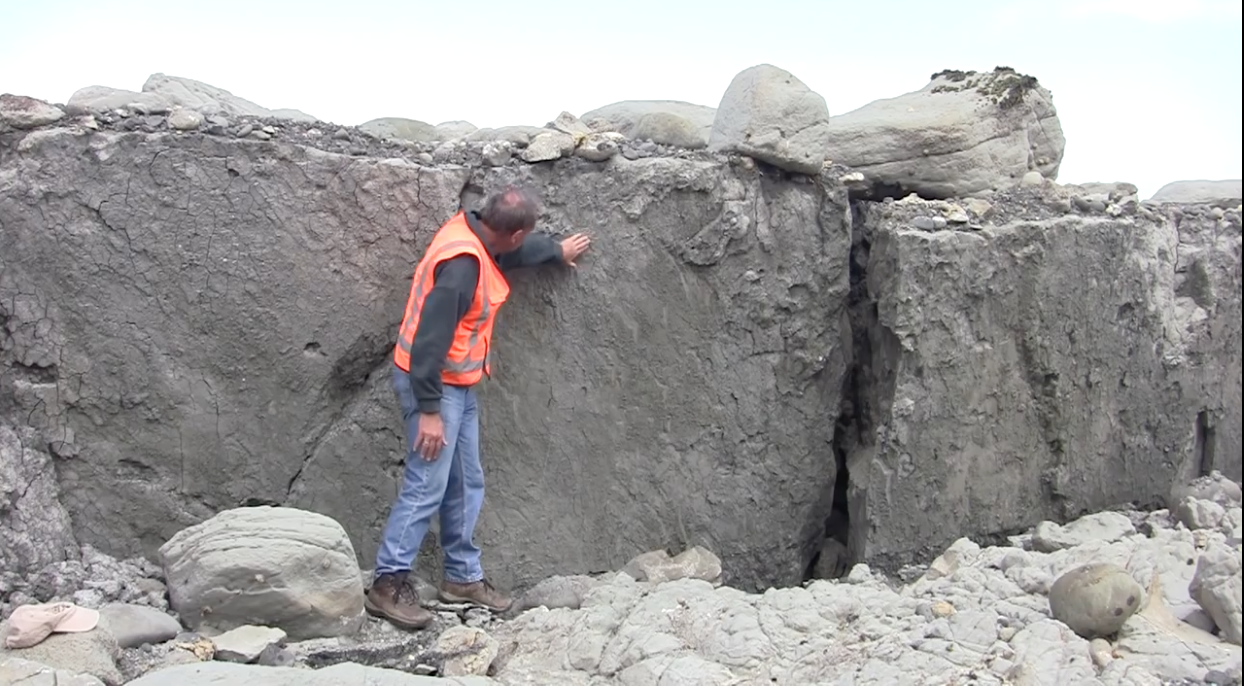
New Zealand’s geoscience agency GNS Science has released videos showing the fault lines that ruptured during the recent earthquakes that moved the nation two metres north.
The Kaikoura earthquake struck on November 14th, 2016, and caused extensive damage on New Zealand’s South Island. Two people died as a result of the magnitude 7.8 ‘quake, which was the second-strongest recorded since European occupation of the shaky isles (as NZ is sometimes known).
In the first video, below, we learn that the earthquake moved at 3km/second and lifted the earth by up to six metres, turning underwater reefs into new land strewn with fish out of water.
via The Register





